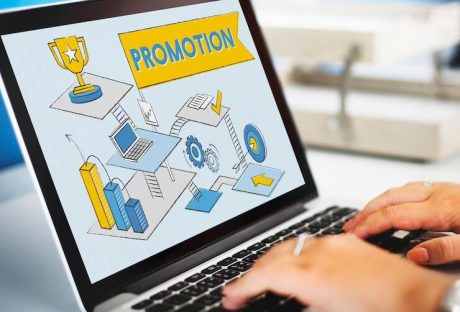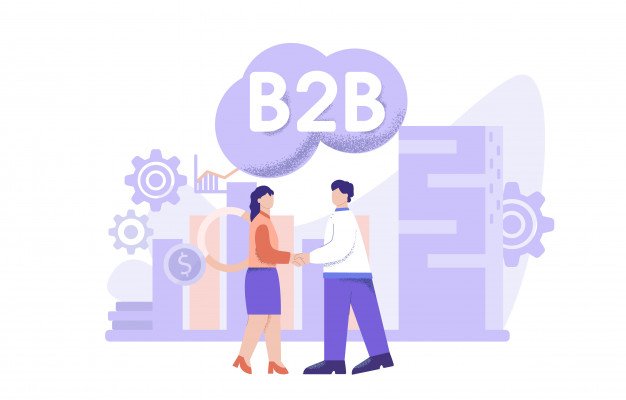Cinco de Mayo, a vibrant celebration originating in Mexico, has become a globally recognized holiday, offering businesses a unique opportunity to engage their audience through email marketing campaigns. By embracing the festive spirit and cultural significance of this event, brands can create memorable experiences that drive engagement, build customer loyalty, and boost conversions. In this article, we will explore the key elements of successful Cinco de Mayo email marketing, providing practical tips and inspiring examples.
Understanding The Cultural Significance
Understanding the Cultural Significance: Cinco de Mayo holds great historical and cultural significance as it commemorates the victory of the Mexican army over the French in the Battle of Puebla. It represents the spirit of Mexican heritage, resilience, and national pride. To create email marketing campaigns that truly resonate with your audience, it is essential to delve into the historical context and understand the cultural importance of this holiday. You can learn more about Cinco de Mayo – here.
By appreciating the historical background, you can craft campaigns that authentically capture the essence of Cinco de Mayo and effectively connect with your subscribers. Understanding the significance of this holiday allows you to design emails that not only promote your products or services but also pay homage to the spirit of celebration and Mexican culture.
Aligning Your Brand
When considering incorporating Cinco de Mayo into your email marketing campaigns, it’s crucial to evaluate whether this holiday aligns with your brand values and resonates with your target audience. By assessing the connection between Cinco de Mayo and your business, you can determine if leveraging this holiday can strengthen your brand’s identity and forge deeper connections with your customers.
If your brand has a genuine connection to Mexican culture, cuisine, or products, integrating Cinco de Mayo into your email marketing can be a powerful way to showcase your brand’s authenticity and create a meaningful bond with your audience. For example, if you offer Mexican-inspired food or beverages, traditional Mexican crafts or clothing, or if your brand promotes multicultural diversity, incorporating Cinco de Mayo can be a natural fit.
By aligning your brand with Cinco de Mayo, you can demonstrate your appreciation for Mexican culture and traditions, which can resonate with customers who share the same values or have a personal connection to the holiday. This alignment helps you establish a deeper sense of authenticity and fosters a stronger emotional connection with your target audience.
Festive Visuals And Design
To truly capture the vibrant spirit of Cinco de Mayo in your email marketing, it’s crucial to create visually appealing designs that instantly grab the attention of your subscribers. Incorporating festive colors, traditional Mexican patterns, and iconic symbols will help evoke the celebratory atmosphere of the holiday.
Start by incorporating festive colors such as red, green, and white, which are commonly associated with Cinco de Mayo. These colors not only reflect the Mexican flag but also create a lively and energetic ambiance in your email designs.
Traditional Mexican patterns, such as intricate geometric designs or floral motifs, can add an authentic touch to your visuals. Consider using these patterns as background elements or borders to create a cohesive and visually captivating design. Integrating iconic symbols associated with Cinco de Mayo, such as sombreros, maracas, or piñatas, can instantly convey the holiday’s theme and spark excitement. Incorporate these symbols strategically within your email design to create focal points that catch the eye and pique curiosity.
Compelling Subject Lines And Preheaders
When it comes to Cinco de Mayo email marketing, crafting attention-grabbing subject lines and preheaders is essential to entice recipients to open your emails. By effectively conveying the excitement of the holiday, using enticing language, incorporating emojis, and creating a sense of urgency, you can maximize engagement with your email campaigns.
Start by infusing your subject lines with the energy and enthusiasm that Cinco de Mayo brings. Use words that evoke excitement, such as “Celebrate,” “Fiesta,” or “Party,” to immediately capture the attention of your subscribers. Consider incorporating action verbs that encourage recipients to take specific actions, like “Join the Cinco de Mayo extravaganza” or “Discover exclusive deals for Cinco de Mayo.”
Incorporating emojis can add a playful and eye-catching element to your subject lines. Emojis that are relevant to Cinco de Mayo, such as ????, ????, or ????, can help convey the festive atmosphere and make your emails stand out in a crowded inbox. However, use emojis sparingly and ensure they align with your brand’s tone and audience preferences.
Creating a sense of urgency in your subject lines can motivate recipients to open your emails promptly. Highlight limited-time offers or special promotions specific to Cinco de Mayo, such as “24-hour flash sale for Cinco de Mayo only” or “Last chance to grab your Cinco de Mayo discounts.” Urgency triggers a fear of missing out (FOMO) and encourages immediate action.
Conclusion
Incorporating Cinco de Mayo into your email marketing campaigns presents a unique opportunity to engage your audience and drive conversions. By understanding the cultural significance of the holiday, aligning your brand values, and utilizing festive visuals, you can create a captivating email experience that resonates with your subscribers. Crafting compelling subject lines and preheaders further entices recipients to open your emails and explore the exciting content within. Remember to personalize your messages, offer exclusive promotions, and optimize for mobile devices to ensure a seamless user experience. By measuring the success of your campaigns and iterating based on insights gained, you can continually refine your Cinco de Mayo email marketing strategies. Embrace the festive spirit of Cinco de Mayo and let it be a catalyst for building stronger connections, driving engagement, and ultimately, achieving your marketing goals.
Read Also:























